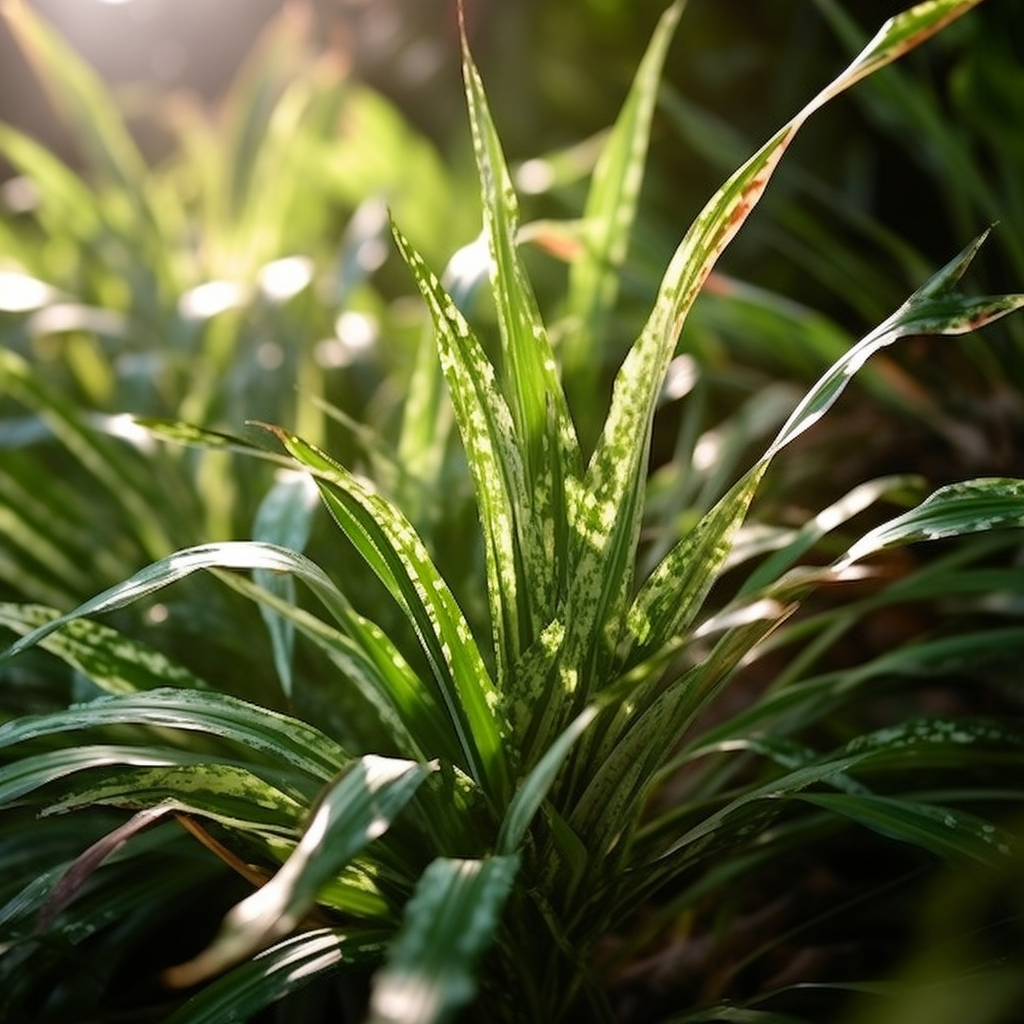Story of Day :
Contents
The Liriope Plant: A Complete Guide and Care Tips
Gardening enthusiasts are always in search of new plants to add to their collection. One such plant that deserves a mention is the liriope plant. It’s an evergreen perennial, which means it stays green all year round. The liriope plant is low-maintenance and suitable for beginners who are just starting with gardening.
What is a Liriope Plant?
The liriope plant belongs to the Asparagaceae family and has around ten species. It’s native to East Asia but has become popular worldwide due to its adaptability. The most common types of liriope plants are Liriope muscari (also known as big blue lilyturf) and Liriopoe spicata (also called creeping lilyturf).
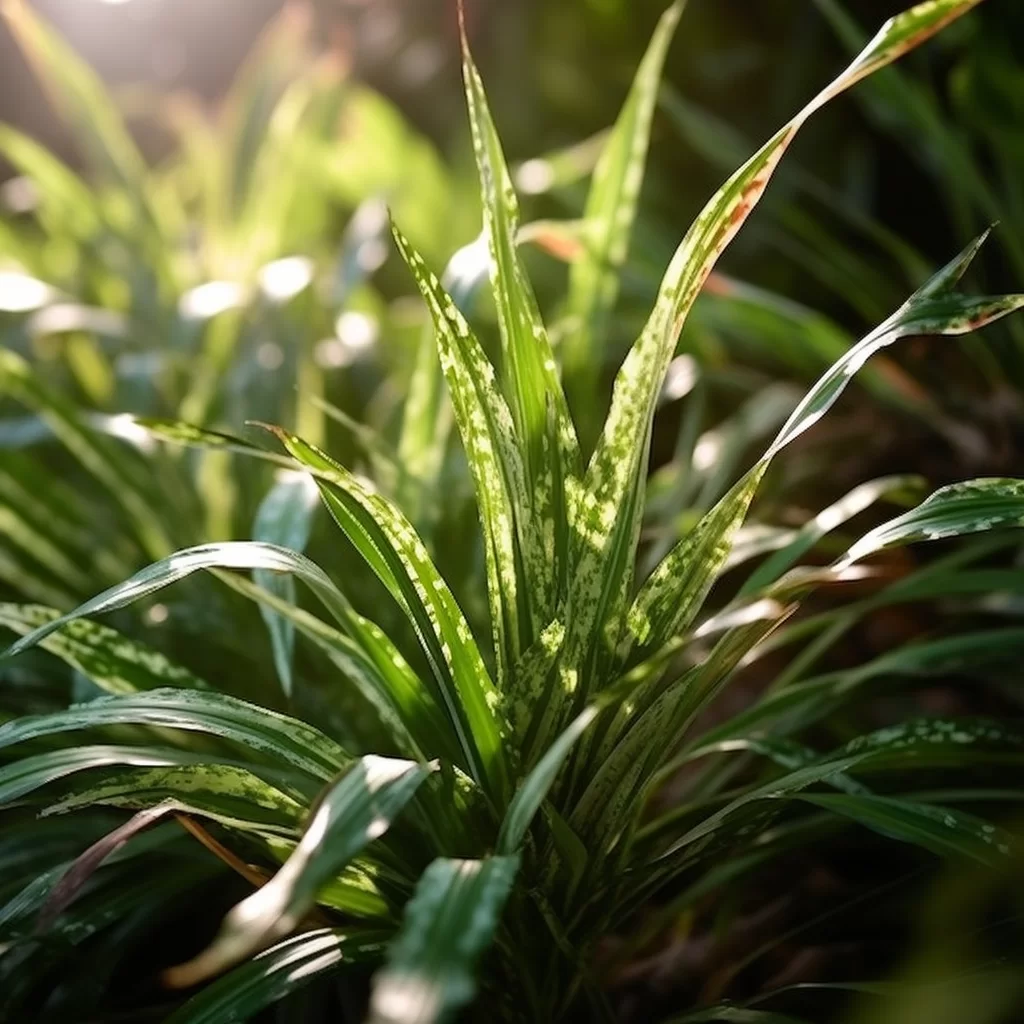
- Liriopoe muscari: This type of lilyturf grows in clumps, reaches a height between 30-45 cm tall, and spreads up to 60cm wide.
- Liriopoe spicata: This type of creeping bluegrass can spread up to one meter wide but remains only 15-20 cm tall.
Care Tips for Growing Liriope Plants
One of the reasons why gardeners love the liriope plant is its low maintenance requirements:
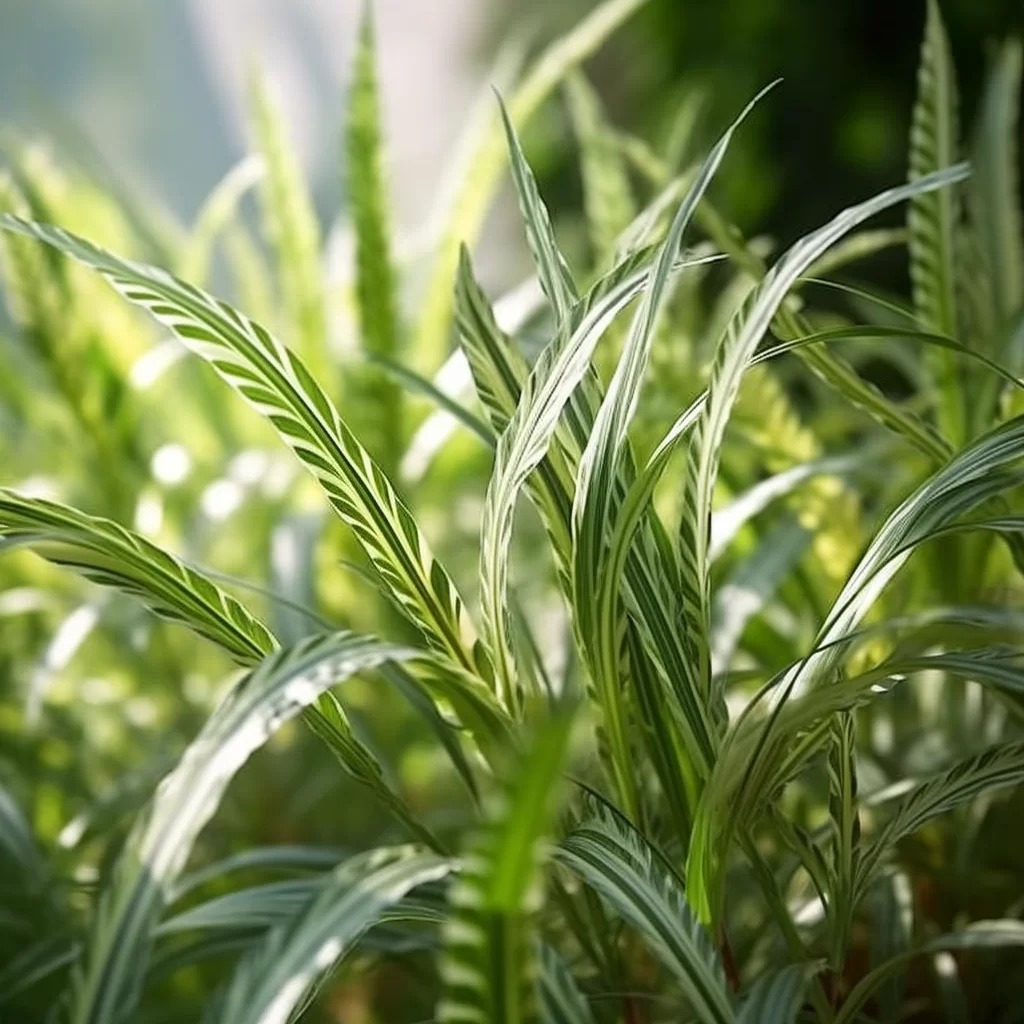
Light Requirement
Liriopes appreciate bright places, but they still require protection from direct sunlight because it can cause leaf burning or yellowing leaves. They grow well in partial shade or full shade conditions.
Soil Requirement
The best soil condition for growing liriope plants is well-draining soil. The pH level of the soil should be between 5.0 and 7.5.
Watering Requirements
The watering needs for liriope plants are moderate, and they can tolerate dry conditions once established. It’s best to avoid over-watering as it can lead to root rot.
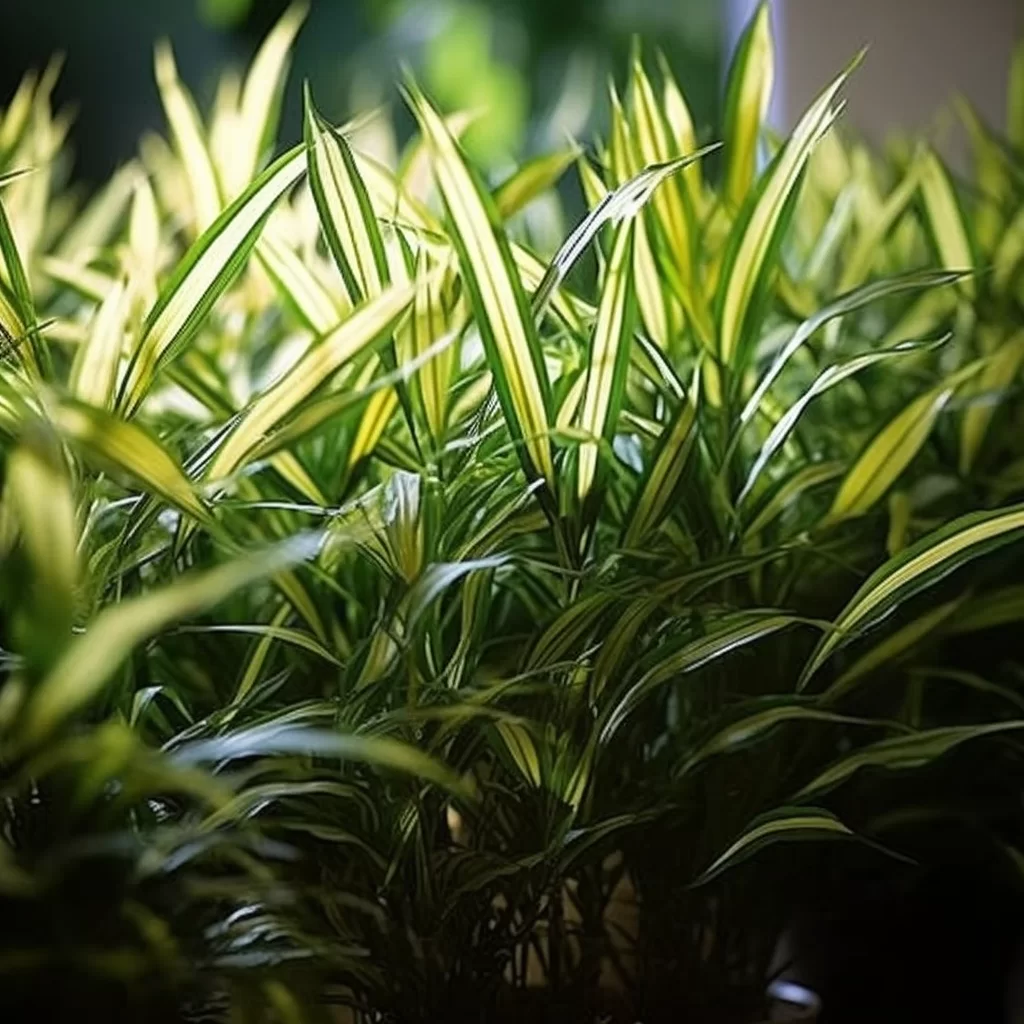
Pruning
Liriopes are low-maintenance plants that don’t require frequent pruning or trimming. However, if you notice any yellow leaves or dead stems, remove them immediately to prevent the spread of diseases.
Pest and Diseases
Liriope plants are generally pest-free; however, they can be susceptible to slugs and snails during damp weather conditions.
Root rot is another common problem with Liriopes caused by excess waterlogged soils.
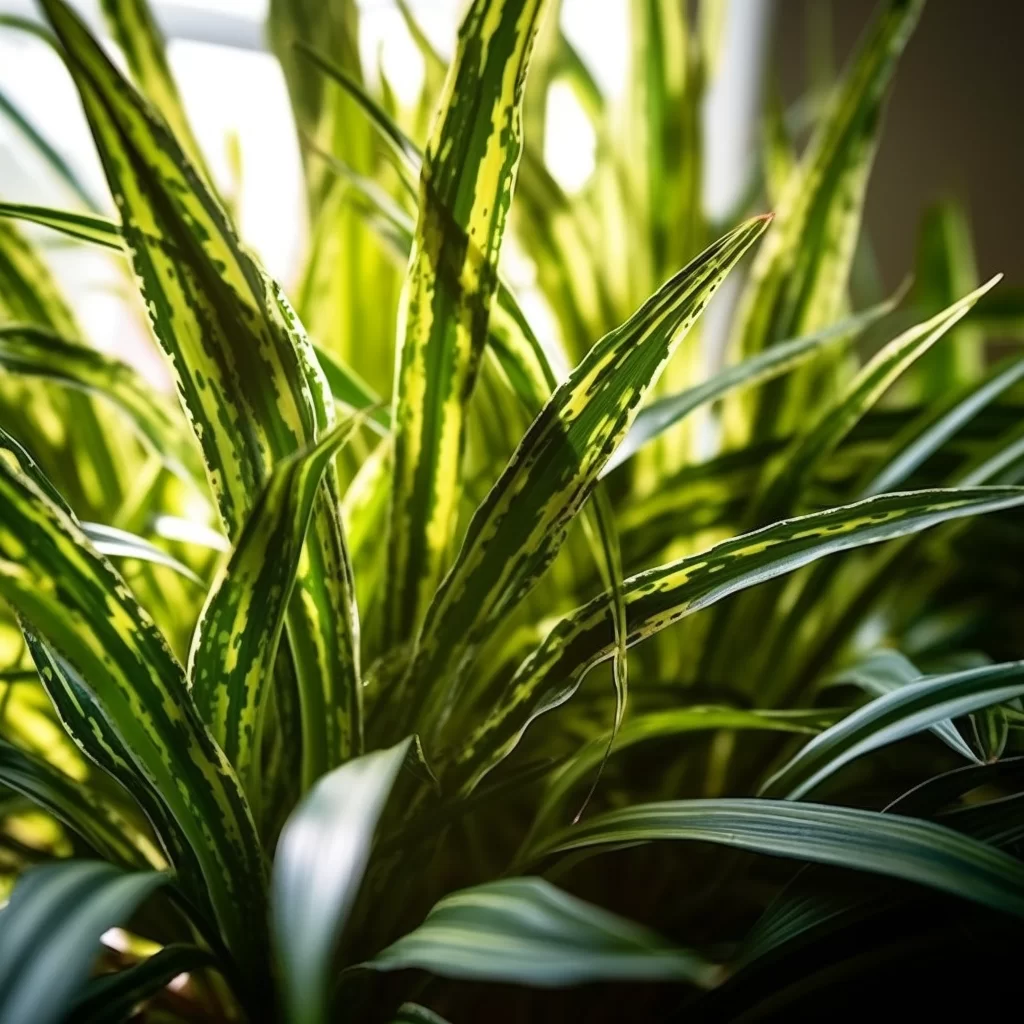
- The most effective method of control for slugs and snails is by sprinkling diatomaceous earth around the base of your plant.
- To prevent root rot from occurring make sure that the soil is well-drained.
Uses of Liriope Plants
The liriope plant has several uses in landscaping thanks to its unique foliage texture:
- Ground Cover: The creeping bluegrass variety makes an excellent ground cover due because it spreads quickly making it great at filling large areas quickly.
- Borders: Used as a border along walkways or garden beds add instant beauty while requiring only minimal care..
In Conclusion – A Low-Maintenance Plant Worth Considering
The Liriope plant may not have the beauty aspect like other flowering perennials but it makes up for that in its unique foliage texture and low maintenance requirements. It’s perfect for those who desire a plant that requires minimal effort, yet adds to the overall beauty of their garden or landscape.
